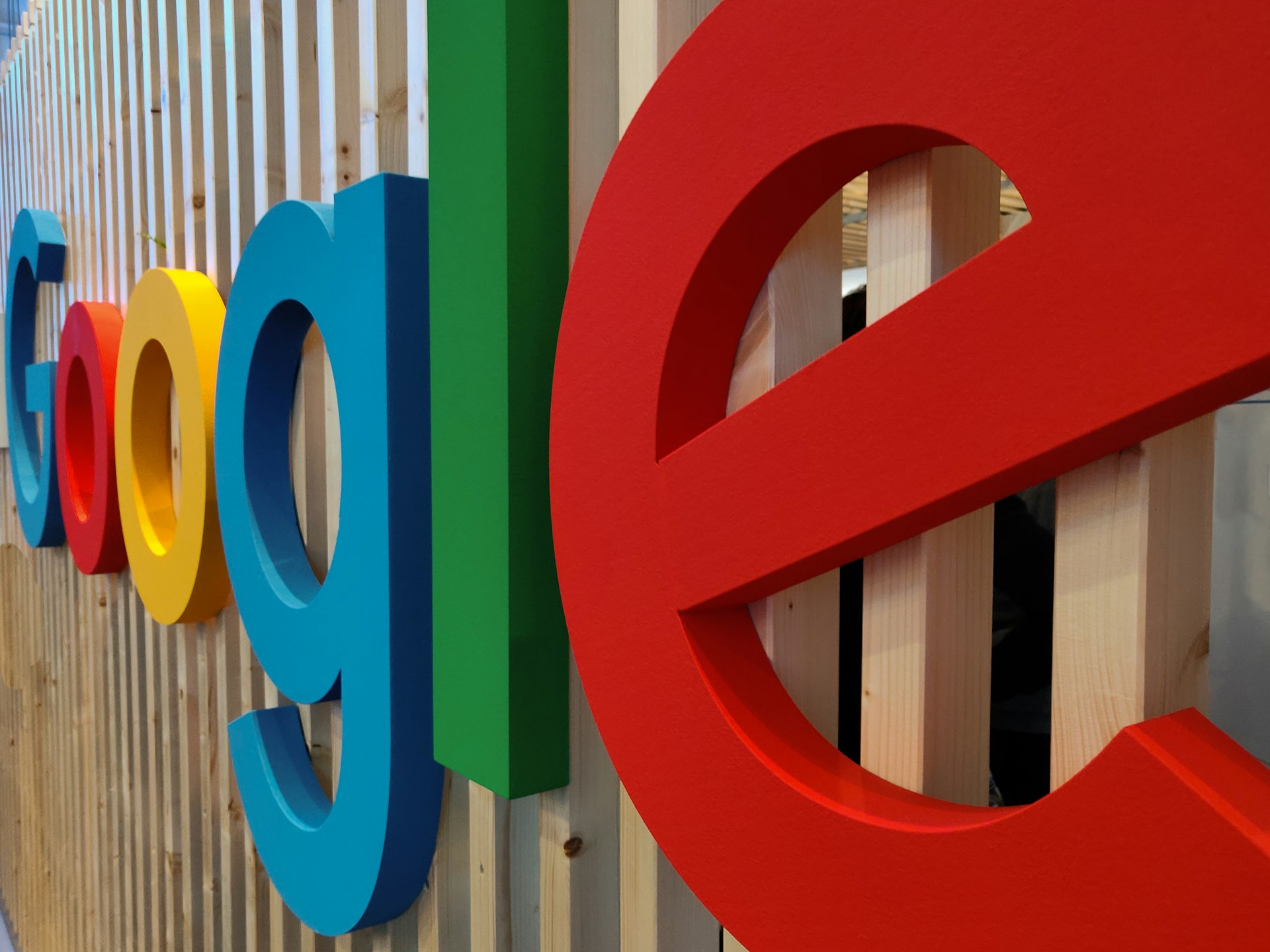Complete Guide to Creating Beautiful DIY Save-the-Date Cards for Your Wedding

Photo by Kaja Sariwating on Unsplash
Creating your own save-the-date cards offers couples a meaningful way to announce their upcoming wedding while showcasing their personal style and creativity. DIY save-the-date cards not only provide significant cost savings compared to professional printing services, but they also allow for complete customization and the satisfaction of crafting something uniquely yours. Whether you’re planning an intimate gathering or a grand celebration, handmade save-the-dates set the tone for your special day while giving guests their first glimpse into your wedding aesthetic.
Understanding Save-the-Date Card Essentials
Save-the-date cards serve as preliminary wedding announcements, typically sent 6-8 months before your wedding date. These cards should include essential information without overwhelming recipients with excessive details. The primary purpose is to ensure your important guests reserve your wedding date on their calendars, especially for destination weddings or events during busy holiday seasons.
When creating DIY save-the-date cards, focus on including your names, wedding date, and general location information. You may also include your wedding website URL where guests can find additional details as they become available. Avoid including specific venue addresses, RSVP information, registry details, or detailed scheduling information, as these elements belong on your formal wedding invitations.
The design should reflect your wedding theme and personal style while remaining clear and readable. Consider your overall wedding aesthetic when choosing colors, fonts, and imagery. This consistency helps create a cohesive experience from your save-the-dates through your wedding day materials.
Digital Design Methods and Tools
Modern technology offers numerous accessible options for creating professional-looking save-the-date cards from home. Online design platforms provide user-friendly interfaces with customizable templates that accommodate various skill levels and design preferences.
Microsoft Word offers surprising versatility for save-the-date creation, allowing users to design postcards and cards using built-in templates and design tools. The software enables text customization, image insertion, and layout adjustments without requiring specialized design knowledge. Users can incorporate background patterns, adjust fonts, and create professional-looking results using familiar software.
When using digital design tools, start by selecting appropriate dimensions for your chosen format. Standard save-the-date cards typically measure 5×7 inches, while postcards often use 4×6 inches. Consider your printing capabilities and postal requirements when determining final dimensions.
Free design resources significantly enhance your creative options without additional costs. Websites like Pixabay provide royalty-free images, patterns, and graphics that can serve as design elements or background images. When searching for design elements, use specific terms like “heart patterns” or “wedding graphics” and filter results by vectors for scalable, high-quality images.
Traditional Crafting Approaches
Hand-crafted save-the-date cards offer unlimited creative possibilities and personal touches that digital methods cannot replicate. Traditional crafting allows for texture incorporation, dimensional elements, and unique materials that create memorable keepsakes for your guests.
Paper crafting techniques include layering different paper types, creating cut-out designs, and incorporating decorative elements like ribbons, lace, or dried flowers. Consider using cardstock as your base material for durability, then adding vellum overlays, patterned papers, or metallic accents for visual interest.
Calligraphy and hand-lettering add elegant, personal touches to DIY save-the-dates. Even basic calligraphy skills can significantly elevate your card’s appearance. Practice your lettering on separate paper before committing to your final cards, and consider using pencil guidelines to ensure consistent letter sizing and spacing.
Stamping and embossing techniques create professional-looking results with minimal equipment investment. Rubber stamps, ink pads, and embossing powder can produce sophisticated designs that rival professionally printed cards. Heat embossing adds raised, glossy elements that catch light beautifully and provide tactile interest.
Format Options and Considerations
Save-the-date cards come in various formats, each offering distinct advantages depending on your design vision, budget, and mailing preferences. Understanding these options helps you choose the most suitable format for your specific needs and aesthetic goals.
Traditional folded cards provide ample space for design elements and text while offering a classic, formal appearance. These cards typically feature the main announcement on the front cover with additional details or decorative elements on the interior. The folded format allows for creative layouts, such as photo collages or extended messaging.
Postcard-style save-the-dates offer cost-effective mailing options since they require less postage than traditional cards. The single-panel format encourages concise messaging while providing space for both design elements and essential information. Postcards work particularly well for destination weddings, as they evoke travel themes and can incorporate location photography.
Magnet save-the-dates serve dual purposes as announcements and functional keepsakes. Recipients often display these on refrigerators or filing cabinets, providing ongoing wedding date reminders. Magnet backing can be applied to various card designs, though it increases production costs and mailing weight.
Design Principles and Customization
Effective save-the-date design balances visual appeal with clear communication. Apply fundamental design principles to create cards that capture attention while conveying essential information clearly and attractively.
Typography selection significantly impacts your card’s overall aesthetic and readability. Choose fonts that reflect your wedding style while ensuring easy reading at various sizes. Combine no more than two or three font families, using different weights and styles within the same family for variety. Script fonts work well for names and romantic elements, while clean sans-serif fonts ensure date and location information remains highly legible.
Color schemes should complement your wedding palette while considering printing limitations and readability requirements. High contrast between text and background colors ensures information remains visible, especially when using decorative backgrounds or patterns. Consider how colors will reproduce in your chosen printing method, as some home printers struggle with certain color combinations or saturated hues.
Layout composition guides the viewer’s eye through your design hierarchically. Place the most important information (wedding date) prominently, followed by names and location details. Use white space strategically to prevent cluttered appearances and allow design elements to breathe. Balance text and imagery to create visually pleasing compositions that don’t overwhelm recipients.
Photography Integration and Image Preparation
Incorporating personal photography adds intimate, meaningful elements to DIY save-the-date cards. Engagement photos, couple portraits, or location images help recipients connect with your announcement while showcasing your personalities and relationship.
Image selection should complement your overall design rather than competing with text elements. Choose photos with good contrast and clear subjects that reproduce well at card size. Consider how images will appear when printed, as some home printers may not capture subtle color variations or fine details effectively.
Photo editing enhances image quality and ensures consistency with your design aesthetic. Basic adjustments like brightness, contrast, and color saturation can significantly improve how photos appear on printed cards. Consider applying filters or effects that match your wedding theme, but avoid over-processing that might compromise image quality.
Image resolution requirements vary depending on your printing method and final card size. Digital printing typically requires 300 DPI (dots per inch) for crisp, professional results. Ensure your photos meet these specifications before incorporating them into your design to avoid pixelated or blurry printed results.
Production and Printing Considerations
Successful DIY save-the-date production requires careful planning and attention to technical details. Understanding printing options, paper selection, and quality control measures ensures your finished cards meet professional standards while staying within budget constraints.
Home printing offers maximum control and convenience for small quantities, though it requires investment in quality equipment and materials. Inkjet printers generally produce better photo reproduction, while laser printers excel at text clarity and speed. Consider your design’s requirements when choosing printing methods, as some techniques work better for specific design elements.
Paper selection dramatically impacts your cards’ final appearance and perceived quality. Cardstock weights between 80-110 pounds provide durability without excessive thickness that complicates mailing. Consider paper finishes like matte, glossy, or textured surfaces based on your design aesthetic and printing method compatibility.
Professional printing services offer superior quality and efficiency for larger quantities, though they require longer lead times and higher minimum orders. Online printing services provide competitive pricing and professional results, especially for complex designs or specialty finishes like foil stamping or embossing.
Quality Control and Finishing Touches
Quality control measures ensure your DIY save-the-date cards meet professional standards and create positive first impressions. Implementing systematic checking processes prevents costly mistakes and ensures consistent results across your entire production run.
Sample production allows you to evaluate design choices, printing quality, and overall appearance before committing to full production. Create several test prints using your actual paper and printing settings to identify potential issues or improvements. Share samples with trusted friends or family members for objective feedback on readability and visual appeal.
Proofreading extends beyond spell-checking to include verification of all dates, names, and contact information. Double-check numerical information like wedding dates and years, as these errors are particularly embarrassing and costly to correct. Consider having multiple people review your design to catch errors you might overlook due to familiarity with the content.
Finishing techniques add professional polish to DIY save-the-date cards. Clean cutting using paper trimmers or craft knives creates sharp, straight edges that enhance overall appearance. Consider corner rounding, edge distressing, or decorative cutting for added visual interest that complements your design theme.
Budget Management and Cost-Effective Strategies
DIY save-the-date creation offers significant cost savings compared to professional services, but effective budget management ensures you maximize value while achieving desired quality levels. Understanding cost factors and implementing strategic approaches helps you create beautiful cards within reasonable budgets.
Material costs typically represent the largest expense category for DIY projects. Purchase paper, ink, and supplies in appropriate quantities to avoid waste while taking advantage of bulk pricing when beneficial. Consider sharing materials with other couples or crafting friends to reduce individual costs for specialty items.
Time investment represents hidden costs in DIY projects, as design, production, and finishing require significant time commitments. Establish realistic timelines that account for learning curves, mistake correction, and quality control processes. Consider your available time and energy when deciding between DIY creation and professional services.

Photo by DFY® ë””ì—í”„ì™€ì´ on Unsplash
Hybrid approaches combine DIY design with professional printing to balance cost savings with quality assurance. Design your cards using available software, then submit files to professional printing services for production. This approach provides creative control while ensuring professional printing quality and efficiency.
Mailing and Distribution Planning
Successful save-the-date distribution requires careful planning for addressing, postage, and timing considerations. Understanding postal requirements and implementing efficient processes ensures your announcements reach recipients promptly and in excellent condition.
Addressing options range from handwritten envelopes for personal touches to printed labels for efficiency and consistency. Consider your guest list size, available time, and desired aesthetic when choosing addressing methods. Calligraphy addressing adds elegant touches but requires significant time investment and skill development.
Postage calculations depend on your card’s final weight, thickness, and dimensions. Standard postcard rates apply to cards meeting specific size and thickness requirements, while oversized or thick cards require additional postage. Test mail samples to verify postage requirements and ensure cards arrive undamaged.
Mailing timeline coordination ensures guests receive save-the-dates at optimal times for maximum effectiveness. Send announcements 6-8 months before your wedding date, or up to one year for destination weddings. Consider seasonal factors, holiday schedules, and guest travel requirements when determining mailing dates.
Creating DIY save-the-date cards represents an opportunity to infuse personal creativity into your wedding planning while achieving significant cost savings. Through careful planning, attention to detail, and strategic resource utilization, couples can produce professional-quality announcements that beautifully represent their upcoming celebration. The process itself becomes part of your wedding journey, creating meaningful memories while establishing the tone for your special day. Whether you choose digital design methods, traditional crafting techniques, or hybrid approaches, the key to success lies in thorough preparation, quality materials, and attention to the details that make your announcement uniquely yours.



